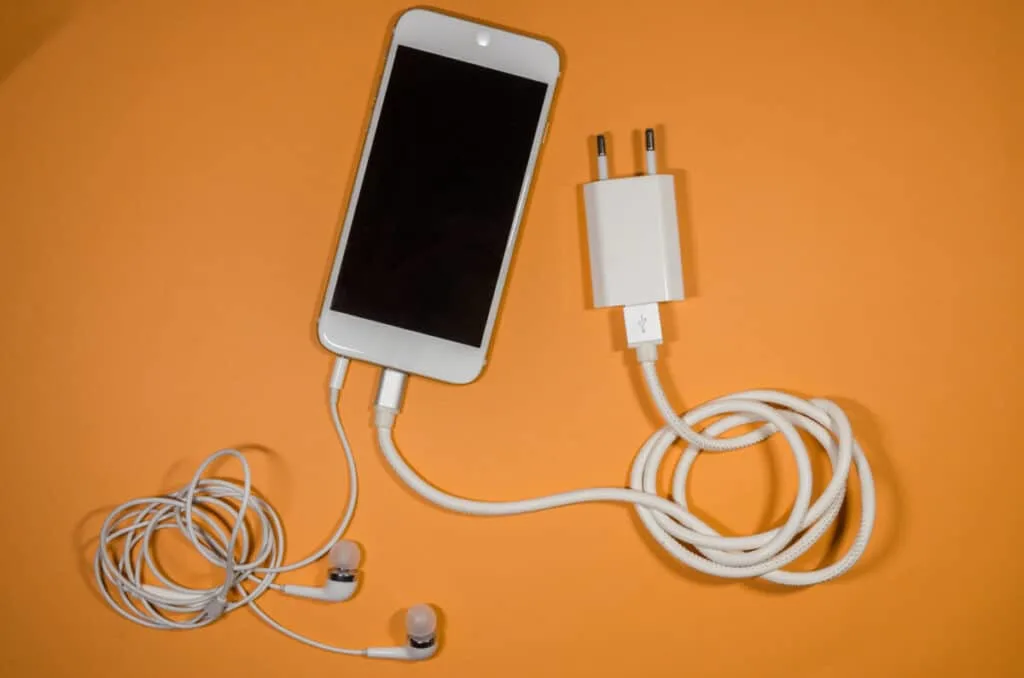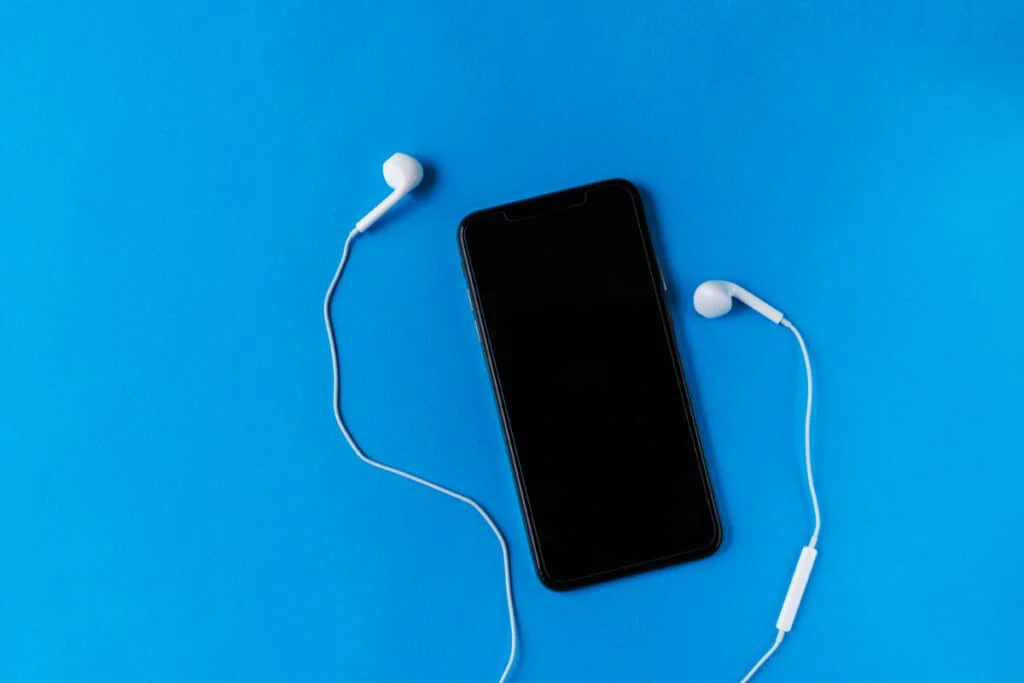When you listen to music or a TV show at a higher volume, you become immersed in the sounds. But if you’re worried about draining your device’s battery life, you might reconsider the volume level.
In most cases, listening to music at a louder volume will drain the device’s battery life faster than it would at a lower one. Creating more output requires more input (power). The further the device needs to send the sound, the more power it will need to sustain the greater volume level.
In this article, you’ll learn more about different listening devices and where they get their power from. Additionally, this post will explain how the volume level affects battery life.
Let’s get started.

Bluetooth Devices, Volume Levels, and Battery Life
While Bluetooth devices eliminate the need to untangle a cord before listening to your favorite artist or TV show, they add another device to your charging schedule.
If you’re hoping to reduce the frequency or charges your Bluetooth device needs, you should consider volume.
Before we discuss how volume level affects battery life, let’s explain what qualifies as a Bluetooth device.
In this section, a Bluetooth device will refer to any listening device that has its own battery pack. Additionally, these devices must receive the sound they produce via a Bluetooth or wireless connection. This description applies to wireless headphones, wireless earbuds, and portable speakers.
Volume Levels
Let’s start by discussing how volume affects the battery life of a portable speaker.
- Bluetooth speakers require the most power to produce sound at a louder volume. Why is this?
The following statement applies to all listening devices and their battery lives.
More output, which in this case is sound, requires more input. And what is the input in this situation? You guessed it, power. All devices require more power to play music or other audio at a louder volume.
Second, portable speakers use more power since they have to sustain their selected volume level over a greater distance.
Chances are, you don’t have your ear pressed up against the portable speaker. If you did, the volume would be lower while still sounding loud. However, if you are standing 30 feet away from the speaker, a higher volume level is required for the sound to be audible.
Wireless headphones use the second most amount of power to play audio at higher volumes.
While the speaker is next to your ear, the audio still has to travel a distance. Even if that distance is minuscule, the sound is still traveling. Additionally, your Bluetooth headphones will use more battery life if they have features such as noise cancellation running at all times.
Airpods Pro is now available, I have written a comprehensive guide to help you decide if you should choose AirPods or AirPods Pro. There are various pros and cons to both.
This guide will help you decide if AirPods Pro is worth it for your circumstances and needs.
Earbuds
The Bluetooth device that uses the least amount of power to play at a louder volume is wireless earbuds.
Because earbuds fit into your ear canal, there is little to no distance between the speaker and your eardrum. In other words, the audio will sound much louder even though it is playing at a volume lower than the speakers.
It is important to remember that the less power the device requires to produce sound at optimal levels, the shorter the battery life is.
Your wireless earbuds don’t have the same battery voltage and capacity as your portable speaker. If they did, they would last for days!
Additionally, the volume of the Bluetooth listening device will not impact the device supplying the audio. That said, maintaining the Bluetooth connection will use more battery life than normal.
Check out this YouTube video that shows a live test of Apples AirPods Pro battery life.
Phone Volume Levels and Battery Life
So, listening to audio at a louder volume on your Bluetooth device uses the battery life up faster, but what if you’re just playing sound from your phone?
When you first purchase your phone, the company likely advertised that it has days of battery life.
However, within the first day of use, you probably had to charge it. The manufacturer didn’t necessarily lie about the phone’s battery life; however, they probably didn’t watch videos, play games, or app surf when testing it.
Your phone’s battery life is likely to decline fairly rapidly after just an hour or two of listening to music, watching videos, or playing games. Why is this?
For one thing, powering the screen requires a significant amount of power. On the other hand, the phone’s volume while you complete each of these activities will play a part in draining the battery life.
Like the portable speaker, the phone needs its sounds to travel a distance to your ears.
For this reason, it will use more power when playing louder volumes. But what about wired earbuds and headphones?
How do they affect your battery life? Will listening to those at a louder volume use more power?
The answer is yes, but barely.
Wired headphones and earbuds use very little power to produce louder volumes because the speakers are closer to your eardrums. While they might use a bit more power at a higher volume, you won’t notice much of an impact on your phone’s battery life.
As your phone’s battery life gets lower, you’ll notice that you can only listen to music at lower volumes, whether it be via the phone’s speaker or wired-in headphones.
The same can be said for Bluetooth devices running low on power.

How to Extend Device Battery Life
If you want to listen to your Bluetooth device all day long, you’ll need to take several steps to extend its battery life.
First of all, listen at a lower volume.
Second, don’t run the battery dead before recharging it. Every time the battery gets used, it loses a little bit of its capacity.
For example, if you open your iPhone and go to the battery section in system preferences, you’ll see an area labelled battery capacity.
If you’ve been using the device for a while, chances are, the battery no longer operates at 100% capacity. Prevent this by charging the device whenever it gets below 20%.
While running the battery down to nothing is bad, so is overcharging it. Pay attention to the device’s battery status. When it reaches full charge, unplug it.
If you follow these steps, your Bluetooth device or phone will be able to keep up with your all-day listening habits.
